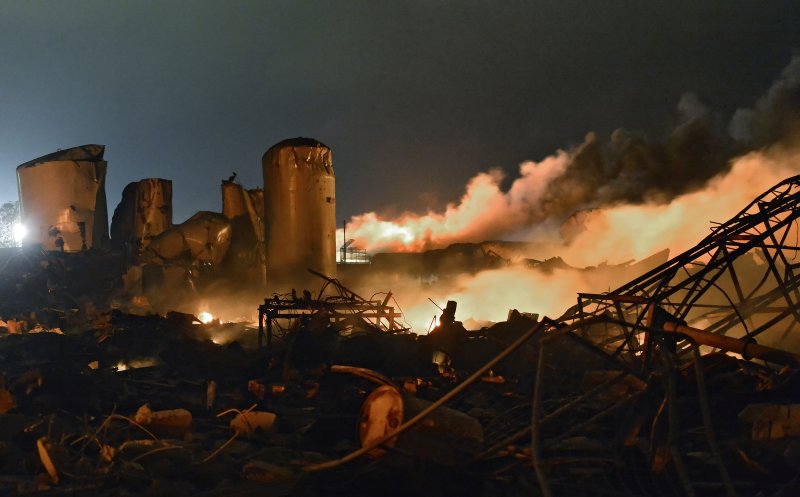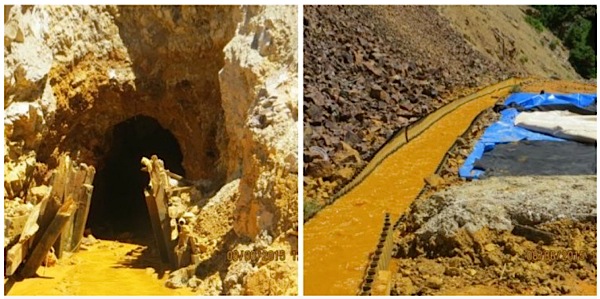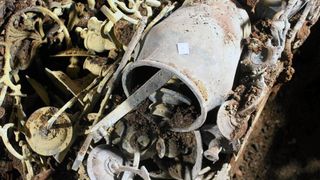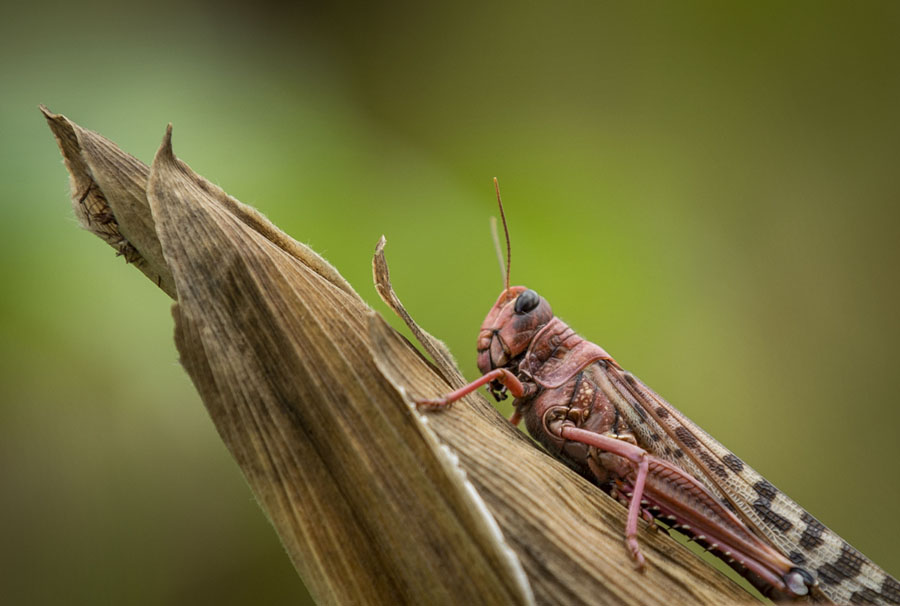14 states sue EPA over chemical safety rule rollback
By Darryl Coote

Remains of a fertilizer plant and other buildings smolder
after the plant exploded in West, Texas, on April 17, 2013.
Photo by Larry W. Smith/EPA
Jan. 29 (UPI) -- Attorney generals of 14 states, Washington, D.C., and the city of Philadelphia sued the Trump administration's Environmental Protection Agency on Wednesday for rolling back Obama-era safety regulations adopted to protect against disasters at chemical plants.
Late last year, the Trump administration nixed rules requiring companies to publicly disclose information about the chemicals they store at their facilities and other safeguards, such as outside audits and analyses of safer technology.
Known as the Chemical Disaster Rule, it was put in place to prevent harm caused by accidents after 15 people were killed in an explosion at a Texas fertilizer plant in 2013.
The Trump administration argued the safeguards were a regulatory burden on businesses and were unnecessary as arson was ruled as the cause of the Texas plant explosion.
Jan. 29 (UPI) -- Attorney generals of 14 states, Washington, D.C., and the city of Philadelphia sued the Trump administration's Environmental Protection Agency on Wednesday for rolling back Obama-era safety regulations adopted to protect against disasters at chemical plants.
Late last year, the Trump administration nixed rules requiring companies to publicly disclose information about the chemicals they store at their facilities and other safeguards, such as outside audits and analyses of safer technology.
Known as the Chemical Disaster Rule, it was put in place to prevent harm caused by accidents after 15 people were killed in an explosion at a Texas fertilizer plant in 2013.
The Trump administration argued the safeguards were a regulatory burden on businesses and were unnecessary as arson was ruled as the cause of the Texas plant explosion.
RELATED Trump administration proposes further rollbacks of school lunch standardsThe lawsuit was filed in the U.S. Court of Appeals for the District of Columbia by New York Attorney General Letitia James with the attorney generals of the District of Columbia, Illinois, Maine, Maryland, Massachusetts, Michigan, Minnesota, New Jersey, New Mexico, Oregon, Pennsylvania, Rhode Island, Vermont, Wisconsin and the city of Philadelphia.
"The Trump EPA is gutting critical safeguards against explosions, fires poisonous gas releases and other accidents at these facilities, putting New Yorkers in harm's way," said James said in a statement. "I am taking this fight to the courts because every New Yorker deserves to live in a safe and healthy environment."
She said more than 9 million New Yorkers will be affected by the rollback as they live within the so-called vulnerability zone of facilities covered by the regulations where a worst-case release of chemicals could harm them.
RELATED Appeals court strikes down EPA refinery waivers of biofuel blending requirements
The lawsuit follows one filed in December by a coalition of environmental groups by Earth Justice against the rollback.
"By killing these critical protections, millions of people living near chemical facilities in the United States are put in harm's way," the coalition said in a statement. "We are fighting for the lives and safety of our families and workers. Our lives are more valuable than the bottom line of a few chemical barons."
























